What Is Better Microdermabrasion or Hydrodermabrasion
When it comes to professional skincare treatments, choosing the right exfoliation method can make a significant difference in both immediate results and long-term skin health. Microdermabrasion and hydrodermabrasion are two popular options, each offering unique benefits tailored to different skin types and concerns. While microdermabrasion is a more intensive, mechanical approach that targets texture and superficial scars, hydrodermabrasion combines gentle exfoliation with hydration, leaving the skin refreshed, plump, and radiant.
This article is a comprehensive guide to Microdermabrasion and Hydrodermabrasion, explaining how each treatment works and helping you determine which one is best suited for your skin to achieve healthy, glowing results.
What Is Microdermabrasion ?
Microdermabrasion is considered a cornerstone in non-invasive skin resurfacing treatments. Using either a diamond-coated wand or a fine spray of micro-crystals paired with suction, it gently polishes away the outer layer of dead skin cells. This process not only clears surface buildup but also signals the skin to repair itself, encouraging fresh cell growth and stimulating collagen activity. Over time, these changes can help refine skin texture, reduce the visibility of enlarged pores, and soften the look of fine scarring or uneven tone.

What sets microdermabrasion apart is its dry, mechanical nature. With no added serums or hydration during the procedure, the exfoliation is more direct and often more intense, making it a good match for people dealing with thicker skin, persistent dullness, or post-acne marks. Many notice their skin feels smoother and looks clearer right after the first session, though multiple treatments are usually needed for more noticeable improvements. That said, the very strength of this method can make it a poor fit for sensitive or fragile skin—it may leave such complexions red, tight, or irritated. For this reason, it tends to be recommended most often for oily or resilient skin types that can benefit from a stronger resurfacing effect.
What Is Hydrodermabrasion ?
Hydrodermabrasion is often described as the “next generation” of exfoliation because it combines cleansing, resurfacing, and hydration in a single treatment. Instead of dry abrasion, the device uses a continuous stream of water or serum solutions that gently dislodge impurities while simultaneously infusing the skin with moisture and active ingredients. This approach not only removes dead cells and clears clogged pores but also nourishes the skin during the process, leaving it looking refreshed and feeling hydrated immediately afterward.
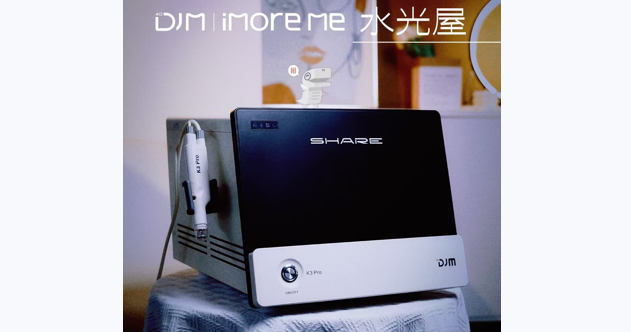
The experience is typically far gentler than traditional microdermabrasion, which makes it especially appealing for those with sensitive, reactive, or dehydrated skin. Another advantage is customization: different serum blends can be chosen depending on whether the focus is calming redness, restoring elasticity, or enhancing radiance. While hydrodermabrasion machine may not deliver the same intensity for deep scars or thicker textures, it excels as a rejuvenating option for ongoing skin maintenance. Many people appreciate that it feels less like a corrective medical procedure and more like a therapeutic treatment—providing visible improvements while also giving the skin a boost of comfort and glow.
Comparison Table: Hydrodermabrasion vs Microdermabrasion
|
Feature |
Microdermabrasion |
Hydrodermabrasion |
|
Technique |
Dry, mechanical exfoliation using crystals or diamond tip. |
Water-based exfoliation with hydrating serums. |
|
Skin Type |
Oily or resilient; not ideal for sensitive skin. |
Sensitive, dry, or easily irritated skin. |
|
Results |
Smooths texture, reduces pores and shallow scars. |
Hydrates, refreshes, and adds natural radiance. |
|
Cost & Availability |
More affordable and widely available. |
Slightly higher cost; increasingly popular in clinics. |
Key Differences Between Microdermabrasion and Hydrodermabrasion
Technique
If you’re exploring microdermabrasion, it’s helpful to know that this treatment relies on dry, mechanical exfoliation. It uses either a diamond-tipped wand or a stream of micro-crystals combined with vacuum suction to remove the outer layer of skin. This method effectively resurfaces the skin, targeting rough patches, uneven texture, and minor surface scars. Hydrodermabrasion, by contrast, offers a gentler alternative. It combines exfoliation with hydration, using a flow of water or oxygen-enriched serums to both cleanse and nourish the skin simultaneously. This dual-action approach not only removes impurities but also leaves your skin feeling refreshed and replenished, creating a spa-like experience that is both relaxing and effective.
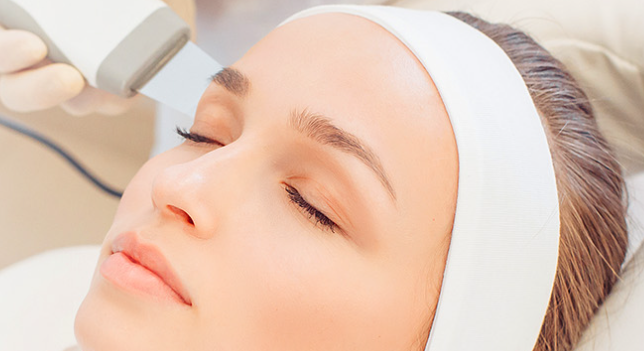
Suitable Skin Types
Microdermabrasion is generally best for individuals with oilier or more resilient skin. It works particularly well for those looking to address dullness, uneven texture, or post-acne marks. However, people with sensitive, easily irritated, or dehydrated skin may find this treatment too strong. Hydrodermabrasion, in contrast, is ideal for delicate, dry, or reactive skin. By combining gentle exfoliation with hydration, it reduces the risk of redness or discomfort while improving the skin’s overall appearance and health. This makes it a versatile option for those who want both corrective and protective benefits.
Results
While both treatments aim to improve the appearance of your skin, they deliver different outcomes. Microdermabrasion primarily focuses on smoothing the skin’s surface, refining pores, and minimizing shallow scars. If your main concern is texture irregularities or post-acne marks, this method can provide noticeable improvements. Hydrodermabrasion machine, on the other hand, emphasizes gentle rejuvenation. By infusing moisture and active ingredients, it leaves your skin plumper, more radiant, and refreshed. Though it may not produce the same deep resurfacing effects, it excels at enhancing hydration, natural glow, and overall vitality.
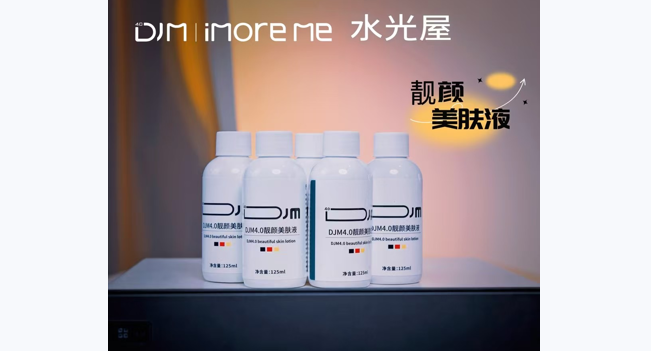
Cost and Accessibility
In terms of cost and availability, microdermabrasion tends to be more affordable and widely accessible. It is commonly offered in clinics and spas, making it a practical choice for routine skin maintenance. Hydrodermabrasion machine typically comes at a slightly higher price due to its multi-step process and advanced technology, but it has gained popularity for its comprehensive benefits. Many choose it for the complete experience: exfoliating, cleansing, hydrating, and revitalizing the skin in a single session, all while minimizing discomfort.
Hydrodermabrasion vs Microdermabrasion: Which Treatment Is Right for Your Skin?
Opt for Microdermabrasion if:
You are dealing with more pronounced skin concerns, such as visible acne scars, uneven texture, or areas with rough patches. Microdermabrasion works by mechanically exfoliating the outer layer of skin, which can accelerate cell turnover and promote a smoother, more even surface over time. It is particularly effective for those with oily or combination skin, as it can help regulate excess sebum while refining pores and enhancing overall tone. If your primary goal is to address deeper structural issues in the skin rather than just surface hydration, microdermabrasion offers a targeted, results-driven approach that can gradually reduce the appearance of scars and stubborn texture irregularities.
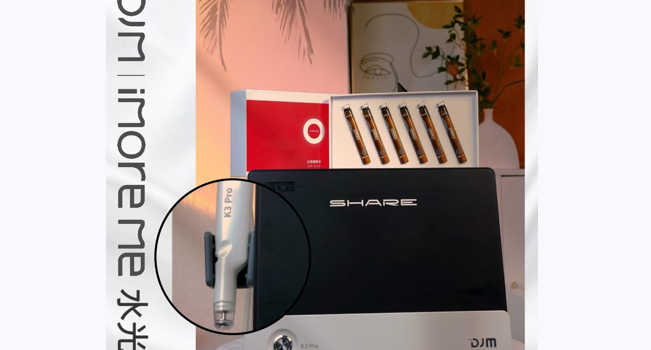
Opt for Hydrodermabrasion Machine if:
Your skin tends to be sensitive, easily irritated, or prone to redness, or if dehydration and dryness are persistent concerns. Hydrodermabrasion combines gentle exfoliation with the infusion of hydrating serums, actively replenishing moisture while removing impurities and dead skin cells. This dual-action process not only improves surface texture but also strengthens the skin’s barrier and supports overall skin health. It is especially suitable for mild or early-stage texture issues, providing a visible boost in radiance and suppleness without the intensity of traditional mechanical exfoliation. If your aim is a rejuvenating treatment that balances cleansing, nourishment, and hydration, hydrodermabrasion delivers a comprehensive, skin-friendly solution that leaves your complexion refreshed, plump, and naturally glowing.
Conclusion
Ultimately, neither microdermabrasion nor hydrodermabrasion is inherently “better”—the best choice depends on your individual skin type, concerns, and goals. If you’re looking to tackle deeper texture issues, post-acne marks, or oiliness, microdermabrasion may provide the targeted resurfacing you need. On the other hand, if your skin is sensitive, dehydrated, or you simply want a gentle yet rejuvenating treatment that boosts hydration and radiance, hydrodermabrasion could be the ideal solution.
Table of Contents
Related information
How can we help you?
Have specific questions or requests? Fill out our inquiry form, and our dedicated team will get back to you promptly. Your inquiries are important to us, and we are committed to providing comprehensive and personalized responses tailored to your needs.


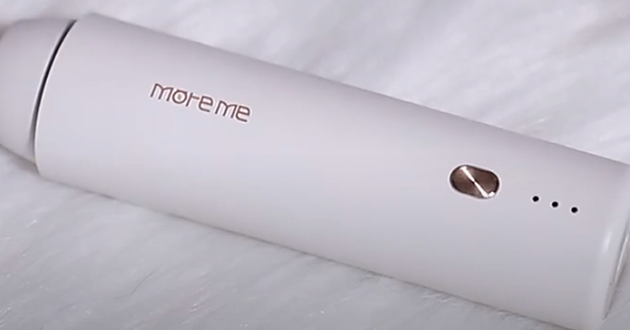

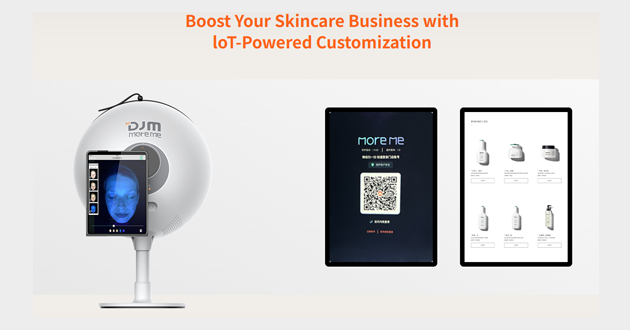
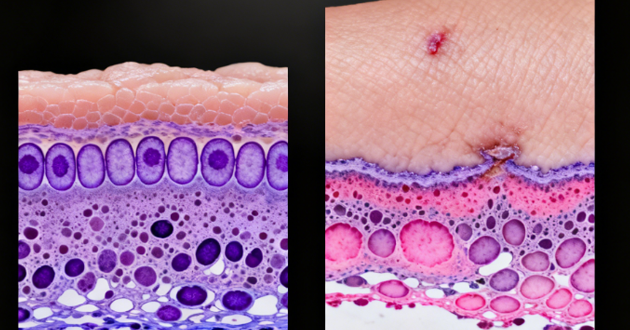
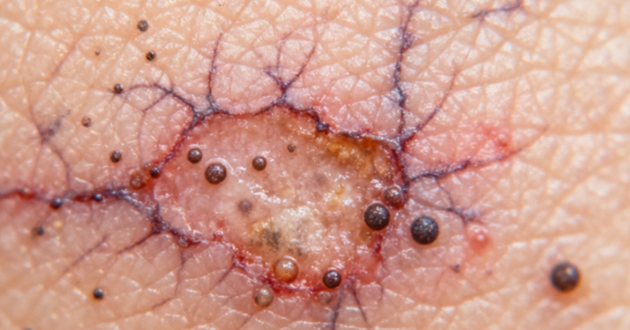
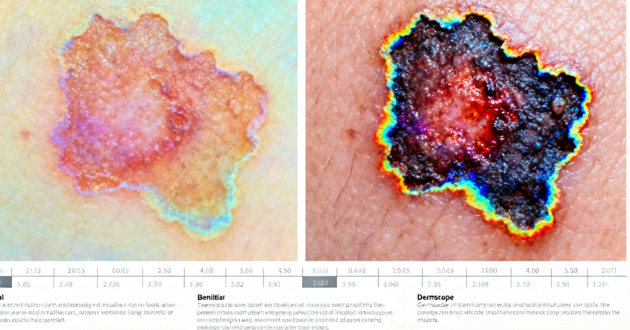
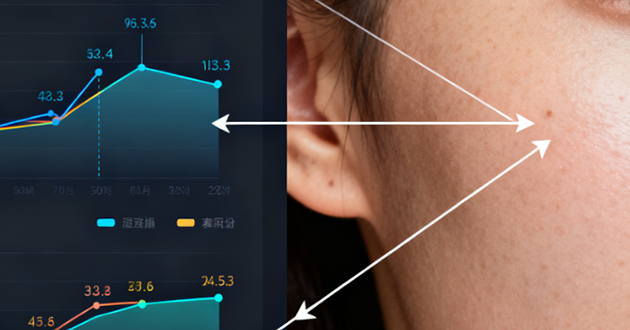
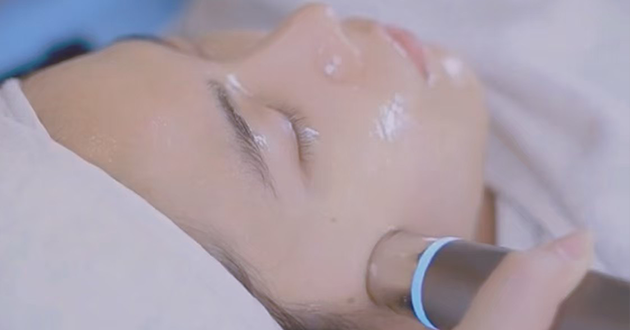


 Reach out to us today!Whether you are preparing to start your own
business in the beauty industry, are ready to upgrade your
equipment, or are just interested in our products,Contact us
today, and let’s explore how we can partner to achieve your goals
and drive your success to new heights!
Reach out to us today!Whether you are preparing to start your own
business in the beauty industry, are ready to upgrade your
equipment, or are just interested in our products,Contact us
today, and let’s explore how we can partner to achieve your goals
and drive your success to new heights!
